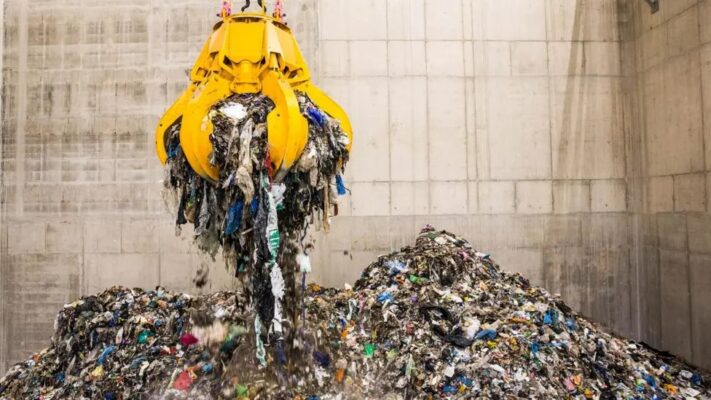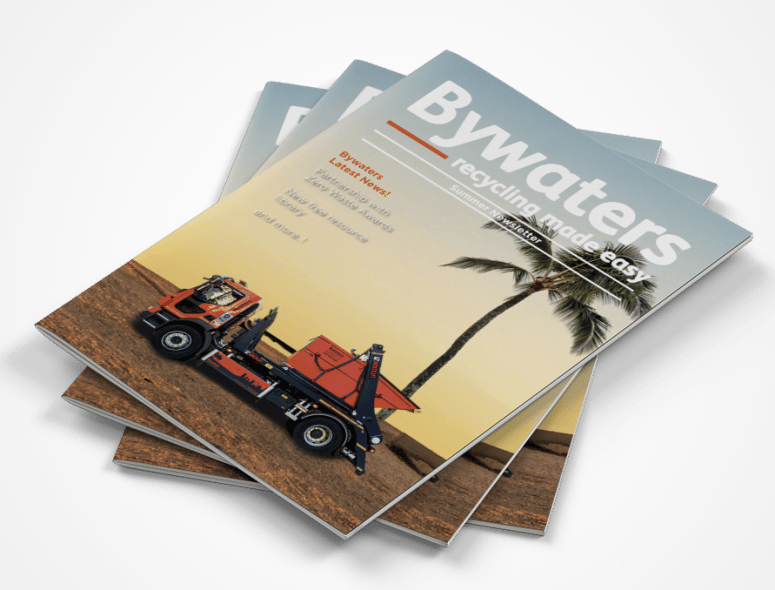Contact us today for your Free Quote
A recent BBC article highlighted the environmental impact of Energy from Waste (EfW) plants, which stated that they produce the same amount of CO2 per unit of energy generated as coal. However, this comparison oversimplifies the situation, as it only accounts for the emissions generated at the point of incineration and neglects everything before, after and in between. Making it a prime example of why simplistic conclusions are often drawn from sustainability issues, making positive action difficult to achieve.

Quantifying the Life Cycle of the Materials Burned
This situation fails to account for the origin and previous uses of the materials burned in EfW plants. The waste may have already served various purposes, be made from recycled contents and come to the end of its useable life. This is different to fossil fuels whose sole purpose is to generate energy. Although EfW generates about 650 kWh of energy per tonne compared to coal (2.2 MWh), it is also important to note where this fuel source has come from. The incinerated waste will often have travelled short distances from collection to disposal. In contrast, fossil fuels are often extracted from distant locations, which would drastically impact their wider emissions.
Accounting for Improved Food Waste Processing
The article also notes that the calculation for the carbon emissions per kilogram of waste has increased, in part due to a reduction in food waste that is sent to EfW. This trend, however, should not be viewed negatively, instead, it reflects a positive shift toward reducing food waste and more being diverted to anaerobic digestion plants or composting facilities. This is especially important as it is estimated that food waste is responsible for 6% of global greenhouse gas emissions, so any action taken to reduce this should be celebrated.
Plastic Waste
The report further mentions the prevalence of plastics in the waste stream, causing high emissions. While this is a critical issue, it is important to recognise that EfW plants do not control the composition of the waste they receive. The presence of plastic waste is a result of choices made much earlier in the production and consumption process. The responsibility of this lays with you and me, the consumers who are purchasing and disposing of waste. This can be helped by regulation and legislation, but ultimately, we are the ones who are sending these items to incineration and generating the emissions.
The Alternatives
Moreover, while EfW isn’t an ideal disposal method, what are the alternatives for the general waste that needs to be disposed of? In 2020, UK landfills emitted approximately 13.6 million tonnes of CO2e and pose risks of leachate harming the environment. This entails rainwater seeping through landfills, collecting harmful toxic substances and entering surrounding ecosystems. Additionally, landfills require large tracts of land to accommodate waste disposal, leading to habitat destruction and loss of valuable ecosystems.
Conclusion
To be clear, this is not an argument that EfW should be prioritised above all else. The priority should always be to reduce, reuse, and recycle. The point is more to highlight that in an era rife with misinformation, sustainability issues are complex — even for those who deal with them regularly. It’s crucial to remember that multiple stakeholders are involved, and there is rarely a single “right” answer. There is no simple solution to these multifaceted problems. However, by staying informed and considering all the factors at play, we can take confident, meaningful steps toward addressing the environmental challenges we face today.


